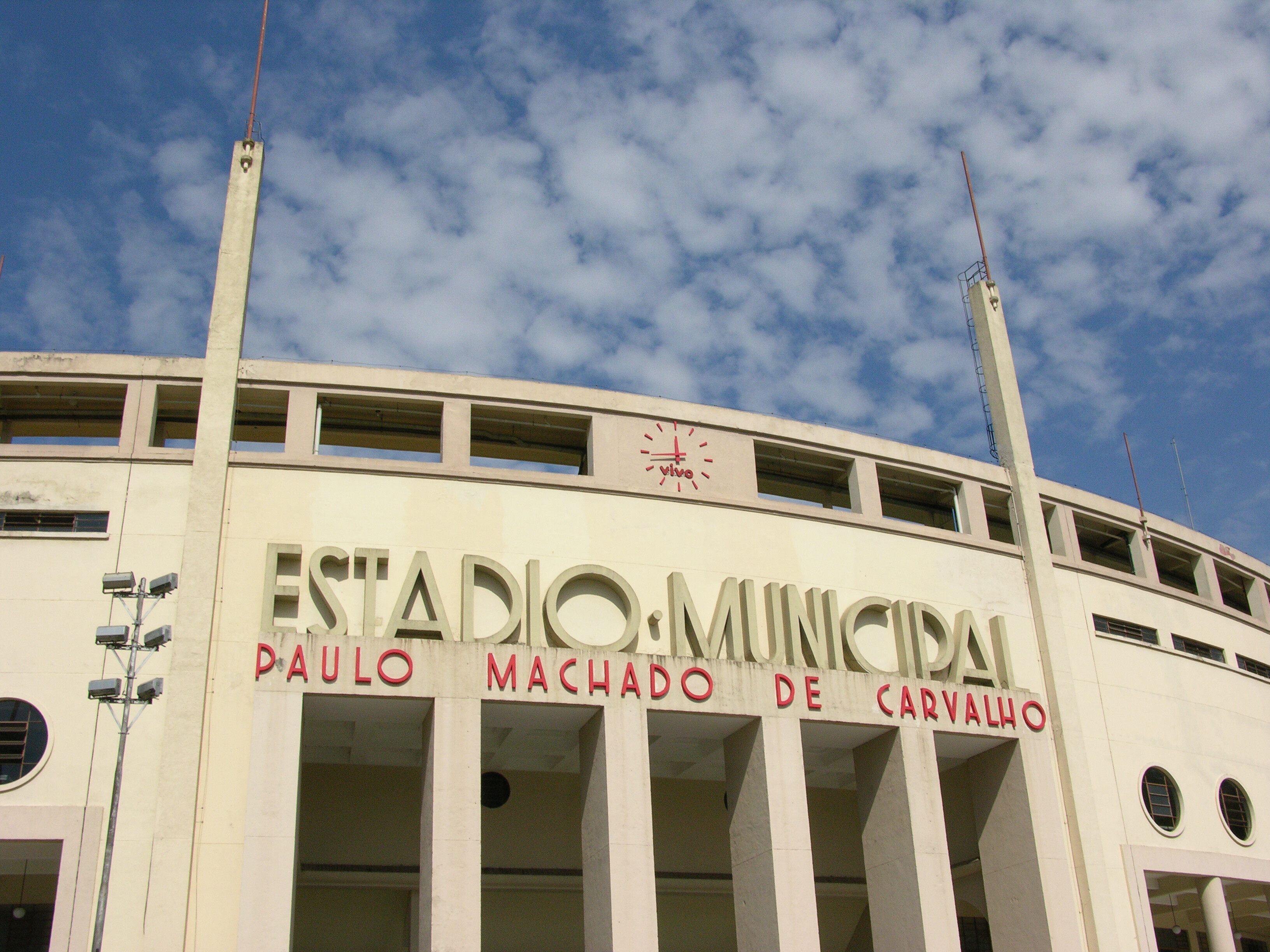Three Big Calls for Latin America in 2015
2015 looks like being a crucial year for Latin America. We look at the big trends facing investors in the region...

Falling Oil
According to the latest edition of BP’s excellent Statistical Review, Latin America accounts for more than 20% of the world’s oil reserves, making it the second-most important oil region in the world. So it’s no wonder that it has been rocked by the falling oil price.
Crude has plummeted by around 50% during the last six months and the effects are being felt from Colombia to Brazil. But the impact varies from country to country.
If the slide continues throughout 2015 it will be bad news for Venezuela – a poorly managed and oil-dependent economy. If sustained for long enough it would first lead to a default on Venezuela’s national debt, and then perhaps a change of regime. President Nicolás Maduro’s power relies on using oil wealth to keep various interest groups happy – and that’s harder to do if oil stays at $60.
For Colombia, Mexico and Brazil the short-term impact is negative, but manageable. For starters all three have much stronger, more diverse and better-managed economies than Venezuela.

Colombia has some of the region’s cheapest oil, which means it can still make a profit at these prices. Meanwhile, Mexico and Brazil have the silver lining of strong manufacturing industries that will benefit from cheaper inputs.
However, a prolonged price drop – say for two years – would hit all three countries’ plans for the future. Colombia has a dangerously low reserves-to-production ratio – basically, this means that it needs to find more oil if it’s to keep up production. Mexico has built a landmark energy reform on the basis that international firms want to invest in its offshore reserves, and that won’t happen if prices stay low. And Brazilian state champion Petrobras has bet the house on developing billions of barrels of very expensive offshore oil.
But not every Latin American country fears the drop. It’s great news for oil importers like Chile, which are finally seeing a silver lining to the bear market in commodities.
Time to buy Brazil?
Brazil didn’t have a great 2014, with both the Bovespa, it’s main index, and the real, its currency, down since the start of the year.
Many investors blame the president, Dilma Rousseff, who won another mandate in October. During her first term, Rousseff presided over an economic nightmare that saw growth go from 7.5% in 2010 to practically flat in 2014.
Of course, it wasn’t all her fault. External factors such as slowing commodity prices didn’t help, and tighter credit sapped domestic demand. But investors did blame Rousseff for an interventionist economic policy that saw the state heavily involved in key sectors of the economy. And investors were dismayed by the ‘creative accounting’ that saw Brazil stick to its fiscal targets in name more than spirit.

But since Rousseff won her second election in October, early signs have been positive. Her first move was to appoint former Bradesco Asset Management CEO, Joaquim Levy, as finance minister. The former investment banker immediately pledged to improve the country’s struggling public finances.
The plan is for a 1.2% primary surplus in 2015, followed by a 2% surplus in 2016, which is expected to be maintained in subsequent years. Another key appointment was Nelson Barbosa, a respected economist, as planning minister. He will be in charge of directing Brazil’s huge infrastructure programme – an important job given Brazil’s notorious infrastructure problems.
So is this enough to fix Brazil. Well I’m not too sure about the politics. For example Barbosa’s first announcement – a plan to revise the calculation of the minimum wage – was hastily retracted one day later. Local press reports claimed that unions had persuaded Rousseff to overrule her minister… not an encouraging start.
However the slide in the stock market coupled with the fall in the currency could create bargains for brave investors.
Mexico is a buying opportunity
Investors in Latin America’s second-biggest economy, Mexico, also had a bad year. One reason is politics. There was a lot of excitement when Enrique Peña Nieto became president. And in his first year and a half, he did a lot right, passing seven important structural reforms in labour, tax, education, anti-trust, banking, electoral legislation and energy. But in the second half of 2014, things started getting complicated.
First up, the corruption allegations: Peña Nieto’s wife’s house was linked to a Mexican construction company that counts the government as one of its biggest customers. Public suspicion increased when it later emerged that finance minister, Luis Videgaray, also bought a home from the same firm. Compared to some of his presidential predecessors, Peña Nieto’s corruption scandals are quite tame, yet it has undermined his claim to be a break from Mexico’s usual parade of greedy politicians.
Another pre-election pledge that is suffering is the promise to reduce crime. High-profile narco-murder cases have pushed Peña Nieto’s approval ratings down to 39% – lower than most of his predecessors at this point in their tenures. And that low approval could hit his ability to execute the much-vaunted reforms.
The move to open up the energy sector by auctioning off access to foreign companies has attracted the most attention from investors, but it’s also the most controversial among Mexicans. The first auctions are scheduled for 2015, but if Peña Nieto’s popularity slides further it could weaken his ability to further boost international involvement in Mexico’s energy sector.
But Mexico still has a lot going for it. It’s a manufacturing powerhouse that’s closely integrated with the US and a play on the recovery there. Throw in its welter of mineral and hydrocarbon wealth, and a young and growing population, and it’s clear that Mexico is heading in the right direction.